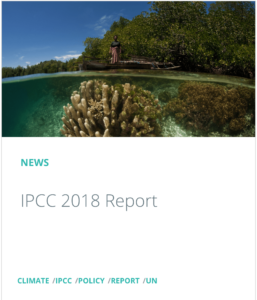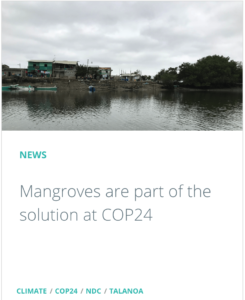The Paris Agreement needs mangroves to match its ambition
Governments can do better on climate by making mangroves part of the solution
Only 1 in 3 mangrove countries account for them in nationally determined contributions. That’s an opportunity ripe for climate action.
The United Nations calls Nationally Determined Contributions, or NDCs, “the heart of the Paris Agreement.” These commitments set out how each government will help its people adapt to climate change and what will be done to reduce emissions. And mangroves have a role to play.
deforestation of mangroves between 2000 and 2012 emitted as much CO2 as roughly 69 million cars produce annually
While it is true that mangrove trees cover a much smaller area than tropical forests, mangroves can sequester up to 3-4 more carbon on an area basis than their terrestrial counterparts. The deforestation of mangroves between 2000 and 2012 emitted as much CO2 as roughly 69 million cars produce annually (this is my own “back of the envelope” calculation and by no means scientifically robust, just for some perspective).
But of the 110+ countries with mangroves only 28 countries’ NDCs include a reference to coastal wetlands in terms of mitigation, while 59 countries include coastal ecosystems and the coastal zone into their adaptation strategies.
According to an article published in the Proceedings of the National Academy of Sciences of the United States of America, wetlands offer 14% of the mitigation potential from nature and 19% of “natural climate solutions.”
As the world convenes for an urgently needed Climate Change Conference in Katowice, Poland, government officials have an opportunity to lead the charge toward reversing mangrove declines. It’s part of the climate solution, provides protection for biodiversity, and reinforces the security of millions living in coastal communities.
Read the Global Mangrove Alliance submission to the Talanoa Dialogue here.
READ MORE

